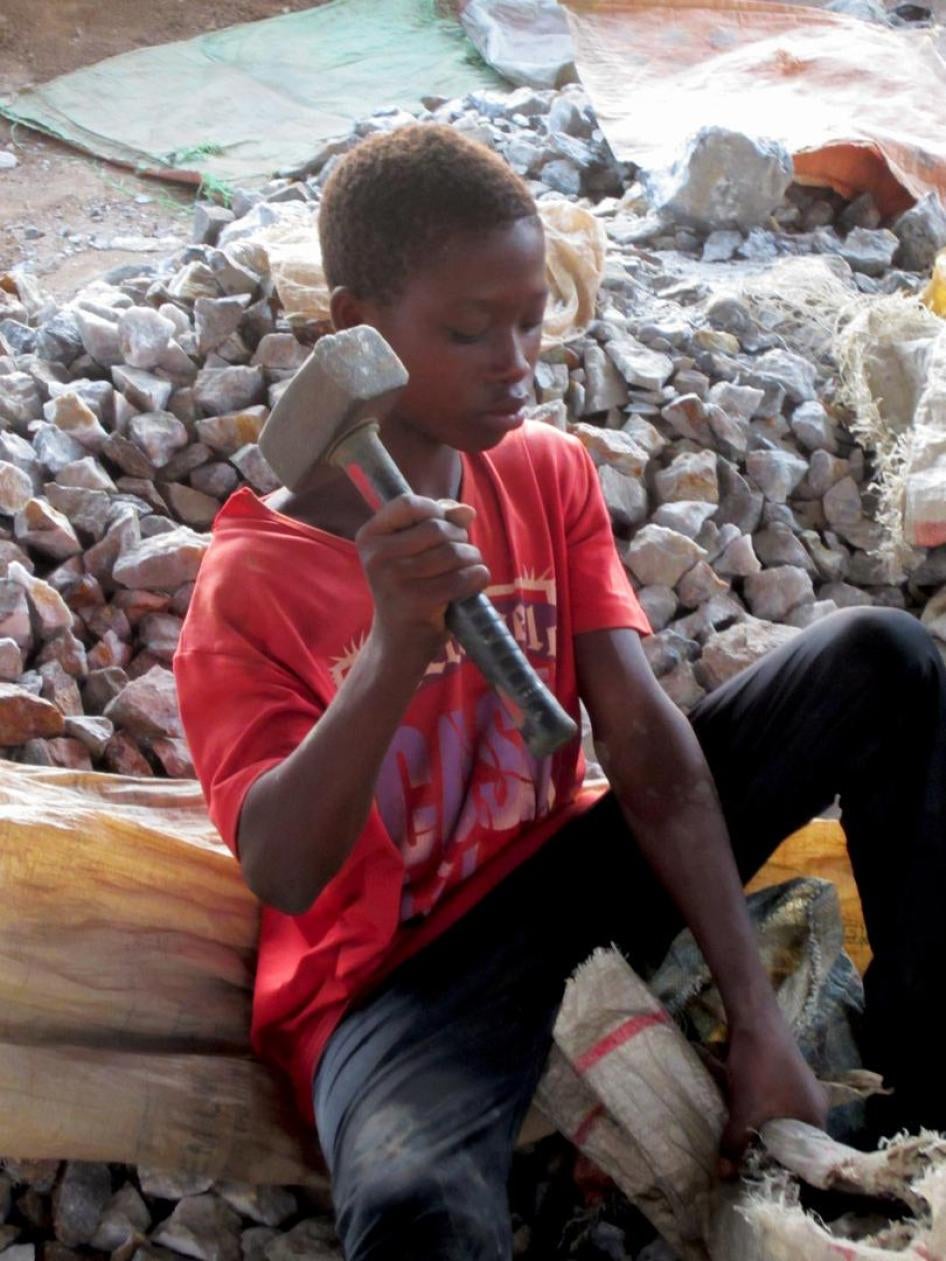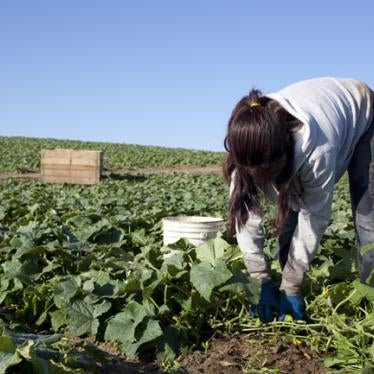President Trump’s proposed budget includes dramatic cuts to many programs, not to mention eliminating entire agencies. Among his proposals is a complete gutting of the Labor Department’s programs to eliminate child and forced labor worldwide.
Eliminating these programs would not only hurt millions of children, but also US workers. When child and forced labor flourish in other countries, it puts US industries at a competitive disadvantage. It depresses wages and makes it harder to compete against those that use such labor. Ending child and forced labor abroad helps to level the playing field for US companies that pay decent wages and ensure good working conditions.
Trump says that his budget is aimed at reducing wasteful spending, but in fact, US programs to eliminate child labor have been incredibly effective. For over 20 years, and across administrations from both parties, the US has been the biggest funder of child labor elimination programs in the world, supporting more than 270 programs in 90 countries. During this same period, the number of children engaged in child labor dropped by 78 million— a remarkable one-third reduction in global child labor rates. The US’ programs have played a significant part in realizing that progress and give a big bang for the buck. At $60 million a year, they make up only 0.4 percent of the entire Labor Department budget.
In my work with Human Rights Watch, I’ve seen how child labor can put children’s education, health, and even their lives at risk. In Morocco, I interviewed Latifah, a 12-year old girl who worked 18-hour days as a housemaid, received little food, and was beaten regularly by her employer. In Ghana, I met young boys who spent long hours hauling and crushing ore at gold mines, and risked permanent brain damage from handling toxic mercury to process the gold. In Indonesia, I met girls as young as 8 who got sick with nausea and vomiting while working in tobacco fields, most likely from nicotine exposure from the tobacco plants.
Child labor not only hurts children, but creates a huge drain on society. Children who enter the workforce at an early age end up with less education, poorer health, and lower earnings as adults. They are then more likely to send their own children to work, perpetuating the cycle of poverty. The International Labor Organization has estimated that eliminating child labor would contribute trillions of dollars to the global economy. Keeping a girl out of the workforce and providing her with just one year of extra education beyond the average is estimated to increase her eventual wages by 10-20 percent.
US programs have been incredibly effective but there’s still more to do – and depleting US resources would strain the consolidation of these gains. Despite steep reductions in child labor worldwide, the ILO estimates that 168 million children—or 1 in 10 worldwide—are still engaged in child labor. Over a third are under age 12, and over half are engaged in hazardous work that puts their health or safety directly at risk, including commercial sexual exploitation and trafficking. The ILO estimates that almost 21 million people are victims of forced labor.
Last Wednesday, President Trump stated, “I want the American people to know that our budget will reflect their priorities.” Members of Congress now have the chance to show that relegating millions of children to exploitation and life-long poverty, and turning its back on forced labor, is not consistent with either American priorities or American values, or its own long-standing bipartisan priorities. Congress should make that clear by maintaining these critical programs.










